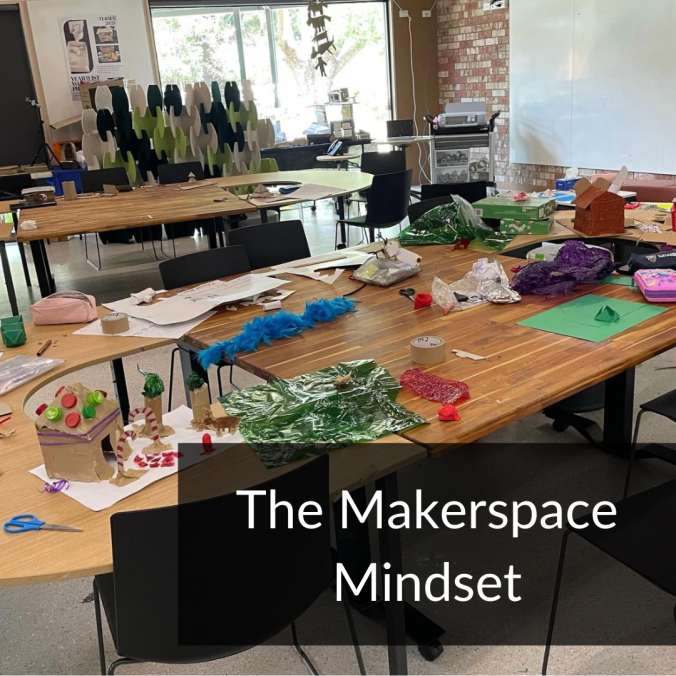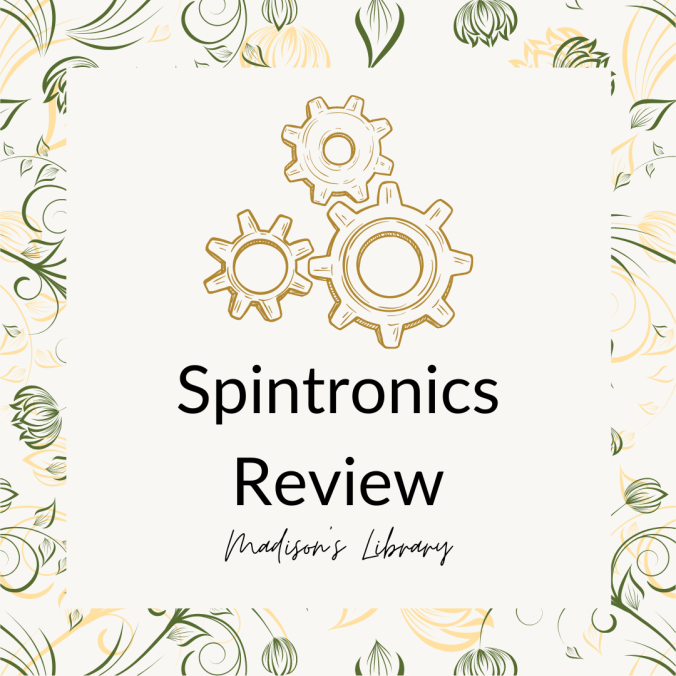
If I Were A Wizard – Paul Hamilton – EdTech Team Press – Published 1 November 2016
♥♥♥♥
Synopsis
While his fellow classmates dream of becoming football players, architects, and doctors, Ralph wants to be a wizard. With his magic, he would help his friends and family members—and even make the world a better place!
If I Were A Wizard introduces coding concepts through the enchanting imagination of a young boy. From Repeats and Loops to Algorithms, If I Were a Wizard prompts discussion and helps build conceptual understanding of coding.
My thoughts
If I Were A Wizard introduces the concepts of coding to children (and adults) in this imaginative picture book.
When Ralph’s teacher asks the class what they want to be when they grow up, there is the predictable reply of football player and doctor and architect. But Ralph wants to be a wizard. When his teacher asks why, Ralph explains all the ways in which he could help his family with his magic.
This book can be read as a simple but lovely story about a little boy who wants to help people, but cleverly hidden are the basic coding concepts. For example, when Ralph explains that he wants to make ten perfect waves for his father, this introduces the concepts of repeats and loops, and when he wants to help his grandfather retrace his steps to find his glasses this introduces sequence and order. Luckily for those of us who might be a little unsure about these concepts, they are all included in a glossary at the end of the book, which links the page to the concepts and provides an explanation.
Continue reading




 Designed from Alan Turing’s Turing Machine, the Turing Tumble is a computer. Using switches and marbles you can actually build a mechanical computer and solve problems, and run calculations. It also lets you see how a computer codes. You are coding and learning about computers at the same time.
Designed from Alan Turing’s Turing Machine, the Turing Tumble is a computer. Using switches and marbles you can actually build a mechanical computer and solve problems, and run calculations. It also lets you see how a computer codes. You are coding and learning about computers at the same time.


 We are always on the lookout for new technology to add to our library makerspace and, thanks to a generous gift from our school’s Parents and Friends fund raising group, we were able to make a significant purchase of new robotics. After much research I choose to request the purchase of
We are always on the lookout for new technology to add to our library makerspace and, thanks to a generous gift from our school’s Parents and Friends fund raising group, we were able to make a significant purchase of new robotics. After much research I choose to request the purchase of 






